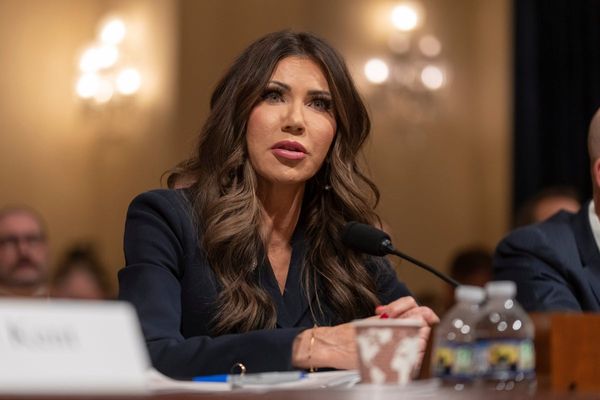
Barclays has insisted it has the right controls in place to manage a £20bn exposure to the under-fire private credit industry despite warnings from the International Monetary Fund (IMF) and the Bank of England.
The bank’s chief executive, CS Venkatakrishnan, said it ran a “very risk-controlled shop” and was comfortable with its lending standards for the private credit industry.
That was despite taking a £110m loss over the US sub-prime auto lender Tricolor, which collapsed amid fraud allegations last month.
Losses stemming from the dual collapse of Tricolour and the US auto parts company First Brands have raised fears over potentially weak lending standards in the private credit industry. There are concerns that the potential fallout could destabilise traditional banks that issue loans to the shadow banking sector.
The governor of the Bank of England, Andrew Bailey, said this week that the recent failures had worrying echoes of the sub-prime mortgage crisis that kicked off the global financial crash of 2008. Last week the IMF warned that a downturn could have ripple effects across the financial system, given banks were increasingly exposed to a largely unregulated private credit industry.
Venkatakrishnan said: “There are obviously connections between what non-bank financial institutions do and what banks do.” However, he suggested that the IMF report was pointing out probabilities and was ultimately “subjective”.
When asked whether he agreed with the JP Morgan chief executive, Jamie Dimon, who said last week that more “cockroaches” could emerge from the private credit sector, the Barclays boss quipped: “I’m not an entomologist.”
He said: “Whatever forms of lending you do, you should do it carefully and with the right controls.” When it came to private credit, he said Barclays limited lending to private credit loan portfolios “constructed by some of the largest, most experienced managers with a strong track record.
“We have controls over them … [and] we think we run … a very risk-controlled shop when it comes to it, and that’s something we’ve instituted for a long, long time.”
Venkatakrishnan said Barclays even turned down potential exposure to First Brands despite being approached multiple times.
Venkatakrishnan said the loss on Tricolor itself was not a surprise. He said: “The surprise was the fraud. Now fraud is no excuse; we take our credit risk management very seriously at all points in the cycle.” However, he said lenders always had to be prepared for “all outcomes including fraud”.
While Barclays revealed a £20bn exposure to the private credit sector, Venkatakrishnan noted it was a “relatively small” compared with the £346bn of loans currently issued to consumers and business customers across the bank.
His comments came as Barclays reported a 7% drop in pre-tax profits to £2.08bn in the three months to the end of September, down from £2.2bn during the same period last year.
Alongside the Tricolor loss, Barclays’ earnings were also hit by a £235m provision to cover compensation over the car loan commissions scandal. It makes it the latest high street bank to put aside extra cash in response to the Financial Conduct Authority’s proposed £11bn redress programme.
It takes Barclays’ total compensation pot to £325m. The company no longer provides car finance but is dealing with the fallout for the remaining loans on its books
However, that did not stop the bank from announcing fresh payouts for investors – another £500m worth of share buybacks. The bank also plans to switch to quarterly payouts for shareholders, rather than waiting for half-year and end-of-year earnings.
“I continue to be pleased with the ongoing momentum of Barclays’ financial performance over the last seven quarters,” Venkatakrishnan said, adding that he was upgrading the profitability guidance – under a measure known as return on tangible equity – for the full year.







